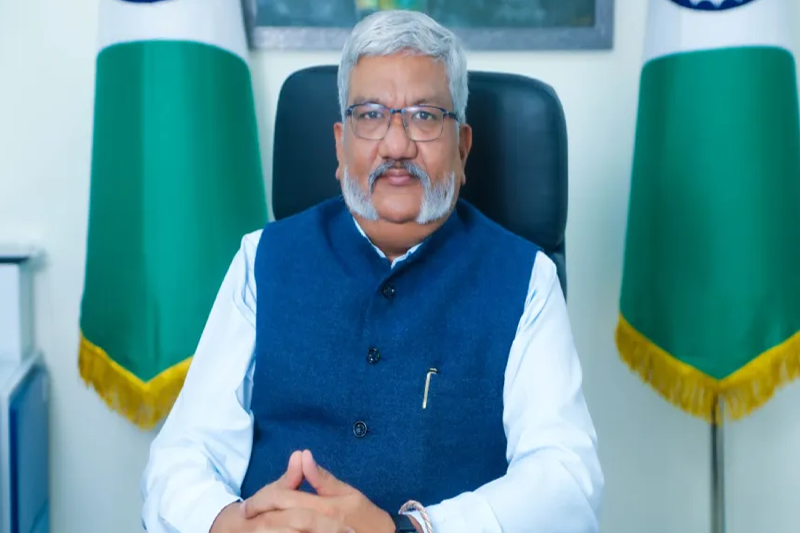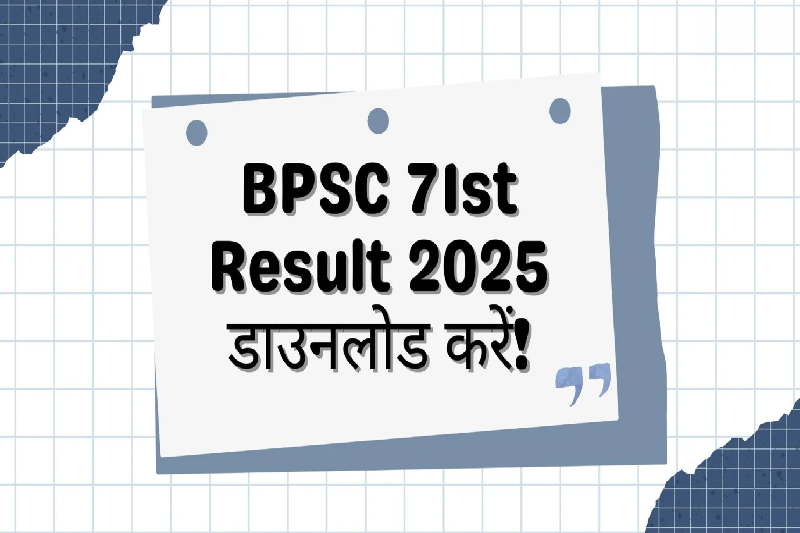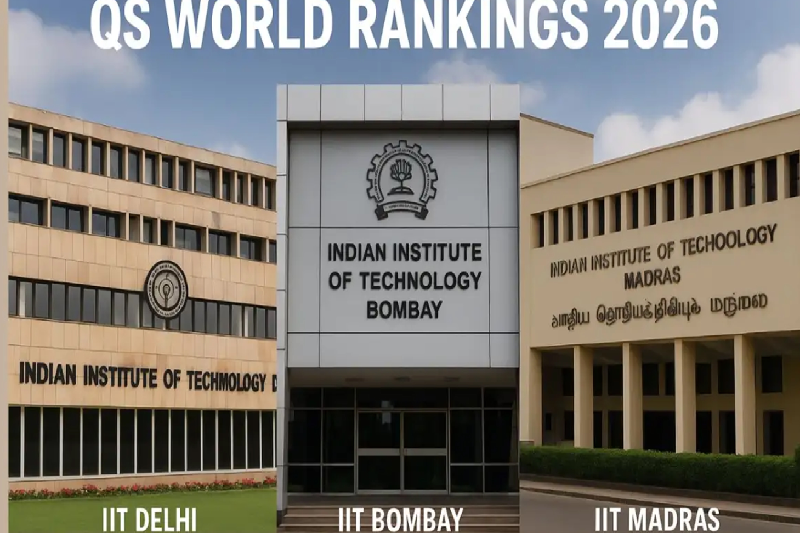
Teaching Engineering in Regional Languages Can Boost Innovation and Jobs: IIT Jodhpur Director
The debate around the role of regional languages in higher education, particularly in engineering, has gained momentum following the National Education Policy (NEP) 2020. While English has long dominated as the medium of instruction in India’s premier institutes, IIT Jodhpur has emerged as a pioneer in breaking this convention. Last year, it became the first among the 23 IITs to offer students the option of studying in Hindi.
In an exclusive interview with The Indian Express, IIT Jodhpur Director Avinash Kumar Agarwal discussed the motivations behind this initiative, the challenges faced, and the long-term vision of making engineering more inclusive by embracing regional languages.
Hindi as a Medium of Instruction at IIT Jodhpur
In its inaugural year, 116 students opted for the Hindi section, while this year the number stands at 96. These students, mostly from the Hindi-speaking belt, are taught in Hindi during the first year only.
- Instruction medium: Classes are conducted in Hindi.
- Textbooks and assessments: Remain in English.
- Transition: From the second year onward, all students must shift to English-medium courses.
The same faculty member teaches both the Hindi and English sections separately, ensuring consistency. According to Director Agarwal, this initiative helps students overcome the initial learning barrier and makes the transition smoother in subsequent years.
Why Hindi, and Not Other Languages?
Responding to whether the initiative would expand to other regional languages, Director Agarwal explained that IIT Jodhpur is situated in the Hindi heartland, where nearly 80% of students come from Hindi-speaking states. For the 20% students from other regions, English continues to be the medium of instruction.
He suggested a more decentralised approach—each IIT should adopt the dominant local language instead of defaulting to Hindi everywhere. For instance, IIT Palakkad could offer Malayalam while IIT Madras might provide Tamil. This, he believes, would better serve the linguistic diversity of India.
Extending the Initiative Beyond the First Year: The Logistical Challenge
While the idea of teaching engineering in Hindi across all four years is appealing, the logistical hurdles are significant:
- In the first semester, common subjects like physics, chemistry, and mathematics are taught in just two sections.
- From the second year, students branch into departments, leading to 14 sections. Splitting these further into Hindi and English sections would result in 28 divisions, making timetabling and faculty allocation impractical.
- Additionally, students tend to become more comfortable with English by the second year, reducing the demand for Hindi instruction.
Therefore, for now, the regional language provision is restricted to the first year only.
The Scientific Case for Regional Language Instruction
Agarwal firmly believes that teaching in a student’s mother tongue enhances comprehension and creativity. He points out that in schools, many students spend a disproportionate amount of energy translating concepts from English to their native language, leaving little room for original thought.
“By the time they have understood one sentence, the train has moved forward four stations. They’re not able to even ask questions,” he said.
He argues that forcing English as the sole medium stifles innovation and contributes to issues such as low confidence, academic stress, and even depression among students.
Large economies like Japan, Korea, Germany, Russia, and France conduct professional education in their native languages without compromising global competitiveness. Agarwal envisions that within the next 20 years, India too should fully adopt regional languages in technical education while offering English augmentation classes for international exposure.
Impact on Job Prospects
Contrary to fears that studying in regional languages may hurt employability, Agarwal believes it will enhance job prospects. Students taught in their native language develop:
- Deeper conceptual clarity
- Stronger problem-solving skills
- Greater originality in thinking
Since the technical content, exams, and assessments remain identical to English sections, the quality of education is not compromised. Instead, the confidence boost allows students to perform better academically and professionally.
Faculty and Teaching Materials
No additional faculty were hired for the initiative. Instead, the same teacher delivers lectures twice—once in English and once in Hindi. To compensate for the extra load, teachers receive financial incentives.
Concerns about lack of resources in Hindi have diminished in recent years. The AICTE has developed translated textbooks, and modern translation tools now serve as reliable aids. Agarwal highlighted that technology will play a key role in expanding regional language education.
Addressing Diversity in Student Demographics
Around 20% of IIT Jodhpur students come from non-Hindi speaking states. Currently, English sections serve them. However, Agarwal hinted at a future possibility: students could attend online classes in their mother tongue offered by other IITs (for example, Malayalam from IIT Palakkad). Such provisions, he said, would require collaboration across the IIT system.
Changing Perceptions and Overcoming Stigma
One of the biggest challenges lies in societal perception. In India, learning foreign languages like French or German is seen as aspirational, while studying in Indian languages is often viewed as “down-market.”
Agarwal criticised this mindset as a form of “gulam mansikta” (slave mentality) but expressed optimism that attitudes are shifting. The success of the Hindi initiative reflects that grades improve significantly when students learn in their familiar language—the CPI of students from Hindi-medium Class 12 backgrounds improved from 5–5.5 last year to nearly 8 this year.
Why the Initiative Matters
For many first-year students, especially those from rural or Hindi-medium schools, the transition to IIT can be overwhelming. Combining academic rigor with a language barrier often leads to stress, isolation, or worse. By offering Hindi as an option, IIT Jodhpur seeks to:
- Reduce stress and mental health issues
- Empower students to focus on engineering rather than struggling with translation
- Build pride in Indian languages without compromising global engagement
Agarwal clarified that the institute is not anti-English. Technical terms remain in English, and students are encouraged to improve their English proficiency alongside engineering concepts. The goal is to remove barriers, not replace one language with another.
Conclusion
IIT Jodhpur’s experiment with Hindi-medium instruction marks a transformative step in Indian higher education. By enabling students to learn in their mother tongue during the critical first year, the institute is addressing not only academic performance but also mental well-being and innovation capacity.
As Agarwal emphasised, the aim is clear: to create better engineers, not language scholars. If embraced more widely, regional language instruction could unlock India’s untapped potential, producing engineers who are confident, creative, and ready to contribute both locally and globally.


